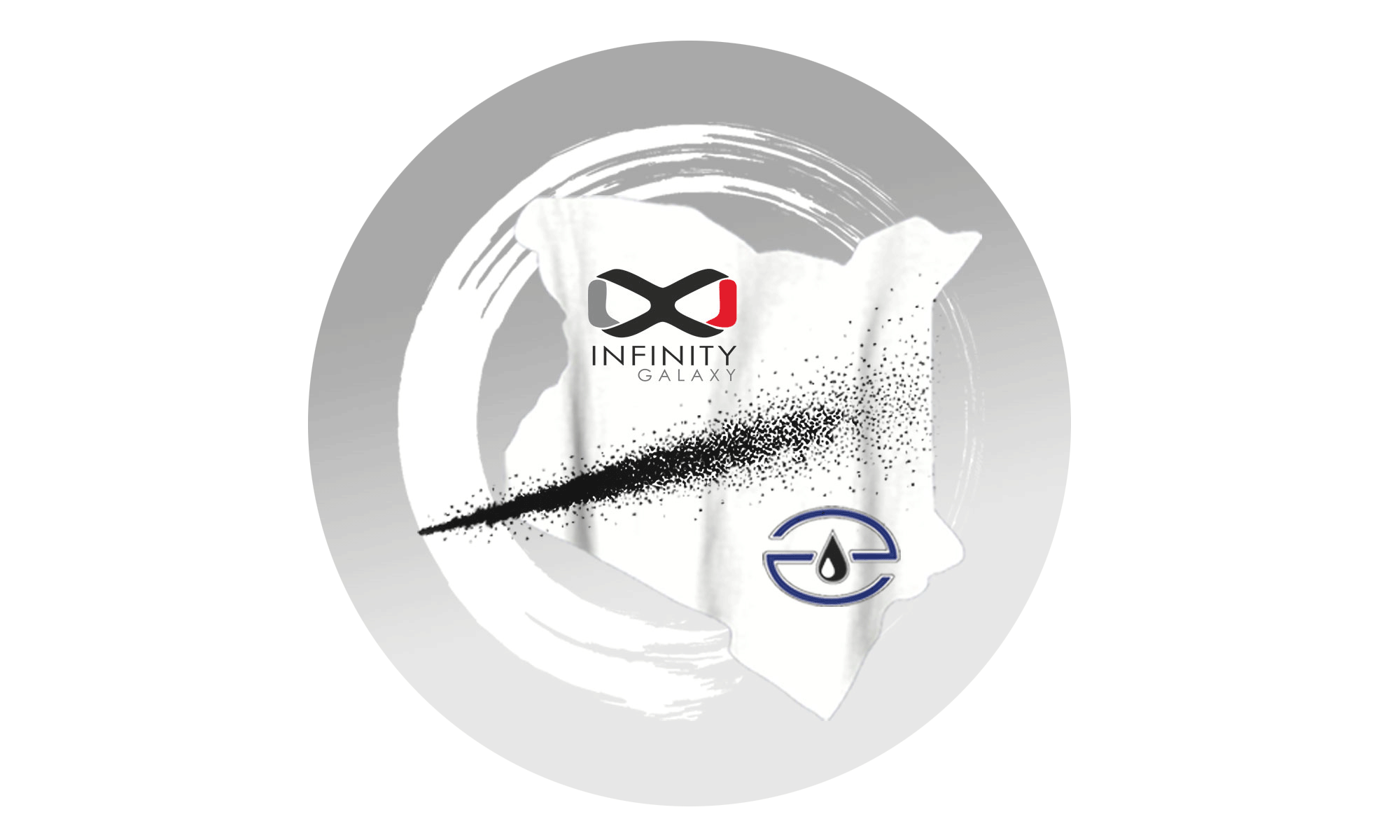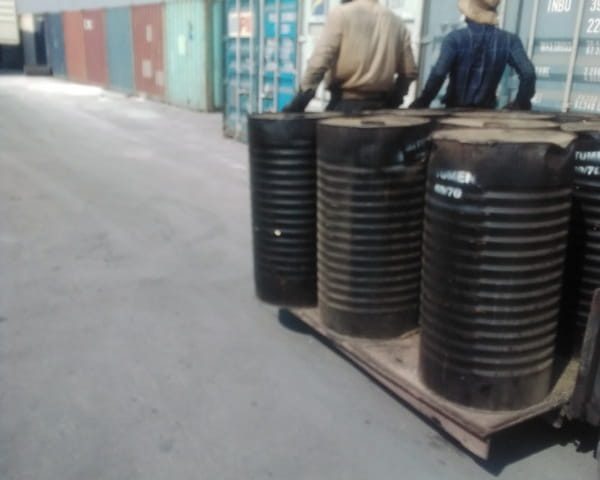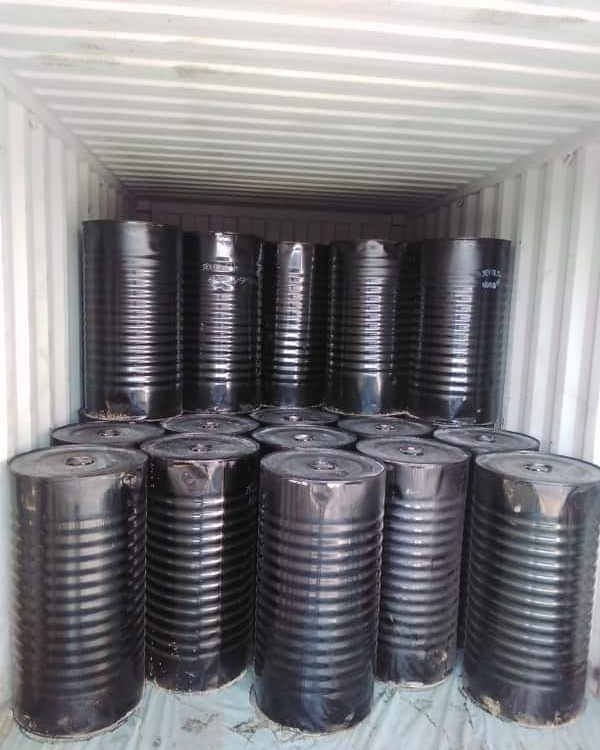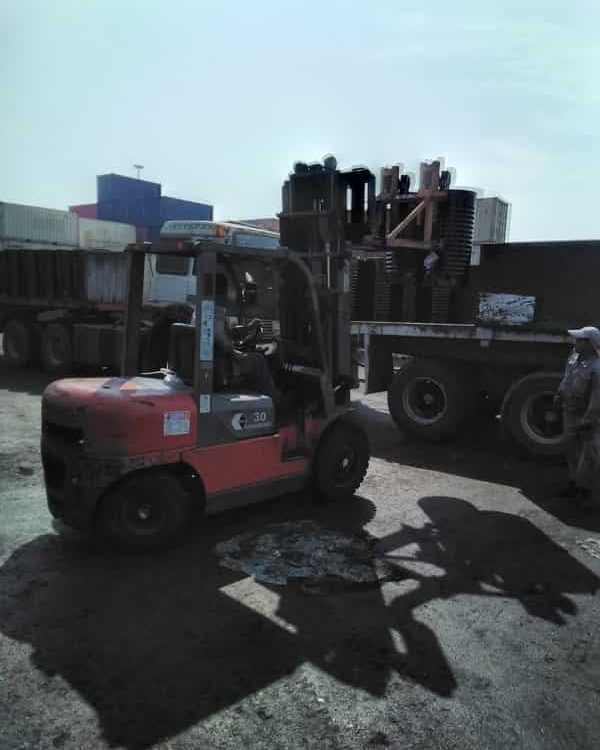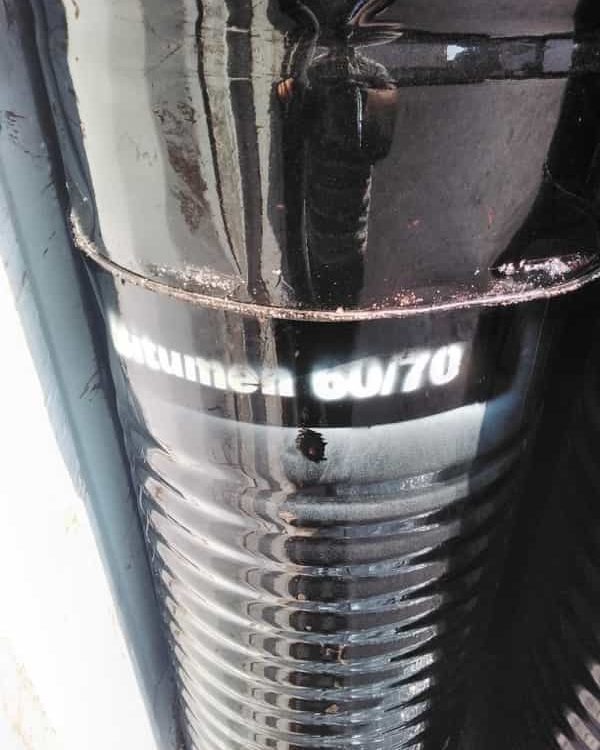Bitumen price in Madagascar
Bitumen price in Madagascar
In this article, we will discuss the oil market in Madagascar, the history, the projects and the bitumen price in Madagascar. So, stay with us to the end of this article, you will find it useful.
History of oil extraction in Madagascar
The first oil discoveries in Madagascar began in the early twentieth century after geologists discovered sedimentary deposits in the west of the island that supposed to contain rich oil resources. So far, they have identified five sedimentary areas with high hydrocarbon formation potential. In addition, island officials have authorized drilling in 40 offshore oil fields and 100 offshore oil fields.
“Madagascar is one of East Africa’s most oil-rich provinces,” said Bonaventure Rasuanov, CEO of OMNIS. There is a strong possibility that oil increases in Madagascar. Furthermore, the Tsimiruro field is an important oil field on the Morundava inland basin in western Madagascar.
According to the report, currently, they extract 45 barrels of crude oil daily from a well in the field, but the capacity of the complex of ten wells in this field will reach one thousand barrels per day.
It’s good to know that the oil currently acts as fuel to produce the steam needed for extraction.
Madagascar’s Office of National Mines and Strategic Industries announced last July that it had signed a total of 25 oil exploration contracts (six offshore and 19 onshore).According to the news, 17 international oil companies have projects to extract oil in Madagascar, one of the poorest countries in the world.
More about Madagascar
The island of Madagascar is in the western Indian Ocean off the southeast coast of Africa.As a matter of fact, Madagascar, officially the Republic of Madagascar, is an island nation in the Indian Ocean off the southeast coast of Africa. Its capital is the city of Antananarivo. Madagascar is the fourth largest island in the world. Moreover, Madagascar has a population of 27.5 million and the official languages are Malagasy and French. The currency of this country is Ariari Malagasy. Besides, about half of the population is Christian and the other half follow indigenous religious traditions.
To be more specific, the country’s indigenous religious tradition focuses on the bond between the living and their deceased ancestors. The people of this country have various ethnic groups, of which the Marina is 26 percent,
the Betsimisaraka is 15 percent, and the rest are different ethnic groups.
This makes it more than 90% of the island’s own wildlife and flora. Moreover,
the island’s biodiversity and the bitumen price in Madagascar are currently in danger due to high
human population growth and other threats.
